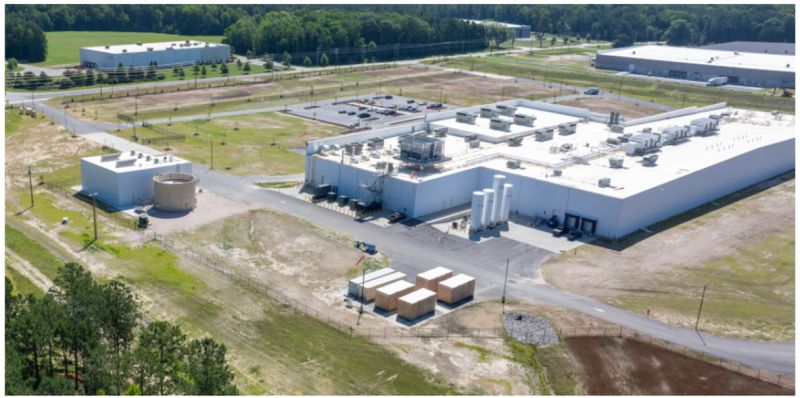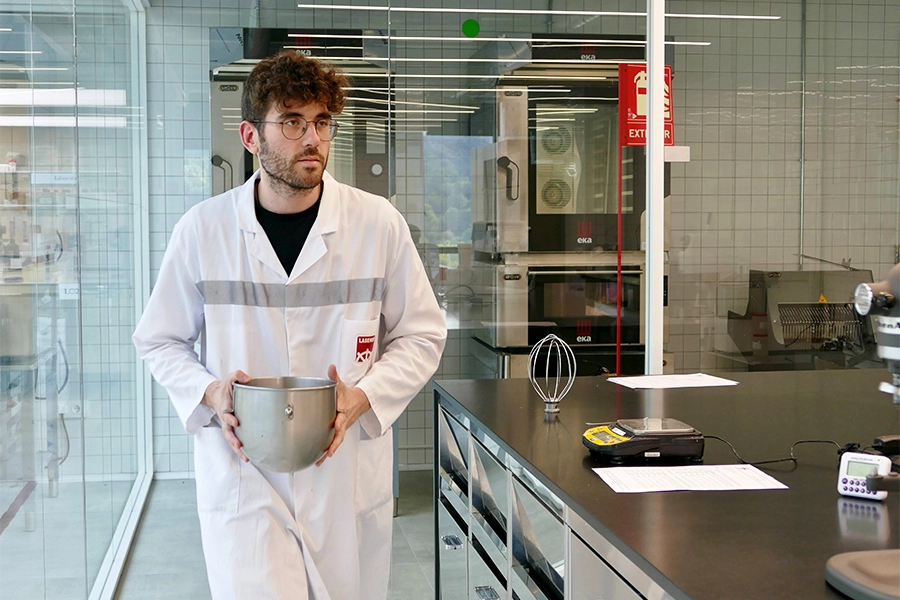

FAO explores precision fermentation’s potential and food safety implications in landmark report
The Food and Agriculture Organization of the United Nations (FAO) has released a significant new report examining the food safety dimensions of precision fermentation, a fast-growing area of food innovation that is reshaping the global protein landscape. Titled Precision fermentation – with a focus on food safety, the publication was authored by researchers at Wageningen Food Safety Research and explores the current state of precision fermentation technology, its practical applications, and the diverse regulatory frameworks governing its use worldwide.
Precision fermentation refers to the use of microbes, such as bacteria, yeast, fungi or microalgae, in controlled fermentation processes to produce targeted food ingredients. These may include proteins, fats, enzymes, flavors, or colorants that are traditionally sourced from animals or plants. Unlike traditional fermentation, which involves whole food transformations – such as turning milk into yogurt or cabbage into kimchi – precision fermentation focuses on the controlled production of specific compounds, often using genetically modified microorganisms.
While the term is not yet defined in any international standard, it is increasingly used by both regulators and industry to describe these refined, purpose-built fermentation processes. A key challenge identified by the report is the inconsistency in terminology. Different jurisdictions and scientific communities use a range of terms for similar processes, creating ambiguity around both product classification and regulatory oversight. Despite this, the authors emphasize that a clear, shared understanding of what constitutes precision fermentation will be vital for future policymaking.
The report outlines the fundamental stages of precision fermentation production, which typically includes technology development, upstream fermentation, and downstream processing. These processes usually take place in bioreactors – vats that resemble those used in beer brewing – where the microorganisms are cultivated under specific conditions designed to optimize the yield of the desired compound. Once fermentation is complete, the ingredient is extracted and purified, often using methods such as filtration, centrifugation or chromatography.
To ground the discussion in real-world scenarios, the FAO report includes three detailed case studies that showcase a range of precision fermentation applications. These include the production of animal-free dairy proteins, egg white proteins, and food enzymes. In each case, the process begins with the genetic optimization of microbial hosts and follows through to purification and product formulation. These case studies demonstrate both the potential of the technology and the specific food safety considerations that must be addressed at each stage of production.
The FAO also conducted two online consultation sessions with more than 100 regulatory experts from 35 jurisdictions to gain insight into how precision fermentation is currently assessed and governed around the world. The consultations revealed that while several countries already have systems in place to evaluate foods derived from microbial fermentation – such as the European Union’s Novel Food Regulation or the Generally Recognized As Safe (GRAS) framework in the USA – there is no consistent, global approach. Some regions evaluate the final product, others assess the production organism, while a few require assessments of both. These variations can make cross-border commercialization complex for innovators and manufacturers.
Despite this lack of uniformity, the consultations also highlighted areas of convergence. Most jurisdictions require that production organisms be well-characterized and that any residual genetic material be removed from the final product. Common concerns include allergenicity, unintended toxicological effects, and the presence of antimicrobial resistance genes. Where genetically modified organisms (GMOs) are involved, additional layers of scrutiny are often applied, though many products made through precision fermentation do not contain any living modified organisms by the time they reach the consumer.

The report stresses that risk assessments should be tailored to the specific process and product in question. A key recommendation is for regulators to adopt a process-based understanding of food production systems, which would enable a more consistent and science-based evaluation of safety. This includes documenting the characteristics of the production strain, the conditions under which it is cultured, and the steps taken to purify the final ingredient.
One of the report’s major conclusions is that precision fermentation holds great promise for contributing to a sustainable, resilient, and inclusive food system. By enabling the production of high-value food compounds with significantly lower environmental impacts compared to conventional agriculture, precision fermentation could help alleviate pressure on land and water resources, reduce greenhouse gas emissions, and diversify the global protein supply.
However, the report also warns that the rapid pace of innovation must be matched by equally agile regulatory systems. A lack of clarity in regulation could slow down the adoption of these technologies or result in public skepticism. Conversely, transparent and harmonized regulatory practices could foster consumer trust and help countries unlock the full potential of precision fermentation.
Another important takeaway from the FAO’s work is the role of data sharing and international collaboration. The report calls for improved information exchange between countries, particularly around safety evaluations, which could reduce duplication of efforts and provide a foundation for regulatory convergence. The establishment of global databases that compile compositional and toxicological data for precision fermentation products could be an important step toward this goal.
The FAO report does not advocate for a one-size-fits-all regulatory model, recognizing the diversity of legal systems and risk tolerance levels across the globe. Instead, it offers a set of guiding principles and good practices drawn from its analysis of current regulations and expert consultations. These include fostering stakeholder engagement, building capacity in regulatory agencies, and ensuring that consumer health remains at the center of decision-making.
Ultimately, the report positions precision fermentation as a transformative technology that – if safely and thoughtfully integrated – can help meet the nutritional needs of a growing global population while advancing environmental sustainability goals. But it emphasizes that safety and transparency must remain at the forefront, and that both regulators and innovators share the responsibility of guiding this transition.
The full report, “Precision fermentation – with a focus on food safety”, is now available for download on the FAO website. A launch webinar is expected to be announced soon, providing an opportunity for stakeholders across the food and agriculture sectors to engage directly with the authors and discuss the implications of this work.
As countries begin to consider how best to regulate food made via precision fermentation, the FAO’s report serves not only as a scientific reference but as a practical roadmap for shaping future policies in a field poised to redefine how we produce and consume food.
If you have any questions or would like to get in touch with us, please email info@futureofproteinproduction.com






